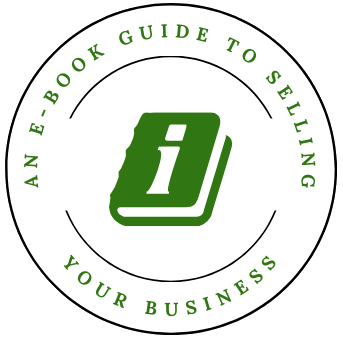What are they? Why should I care?
Small business owners have a number of options on how to organize their business for tax purposes. Many small, single owner, businesses are not incorporated, and are deemed "sole proprietors", in the eyes of the IRS. Other business entities, like C-Corporations, are taxed as a separate entity with distributions to owners taxed a second time as dividends. Still others are deemed "flow-through" entities like S-Corporations and Limited Liability Companies (LLC).
Flow-Through Entities
Flow-through entities do not pay taxes at the company level. Instead, the business tax return reports the net income to the IRS, but then distributes the taxable income to their respective owners via a K-1 tax form. Each individual owner then reports their share of the K-1 net income on their individual tax return and pays the tax on this and any other personal income.
Generally, business owners like flow-through entities because:
What you should know
Article from CK Books & Billing. This article has been reprinted with permission from CK Books & Billing
The ultimate starting point is to find out where your business sits in the market. We've put together a handy Market Range Estimate™ calculator, that will give you a starting point so you can prepare to increase the value for the ultimate day of selling your business.
Get your free MRE™ now! Market Range Estimate™

